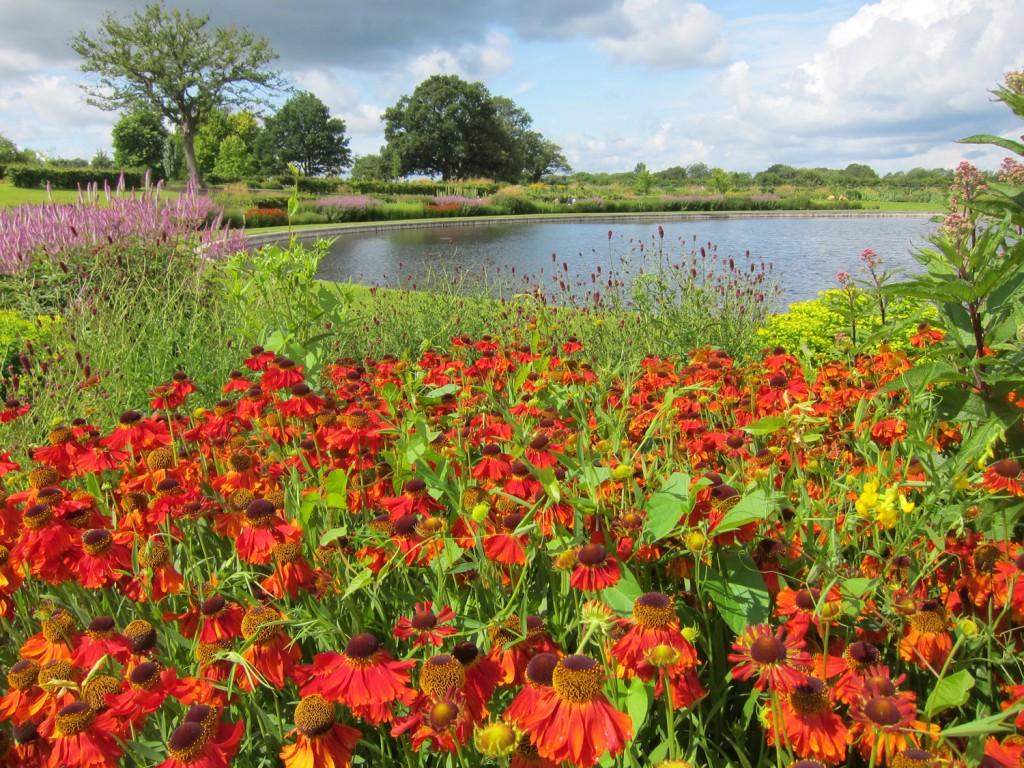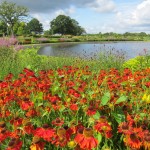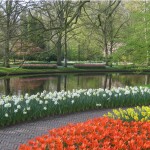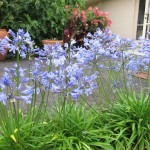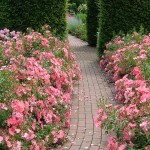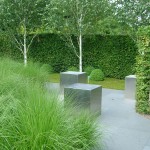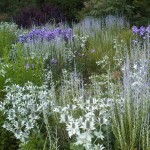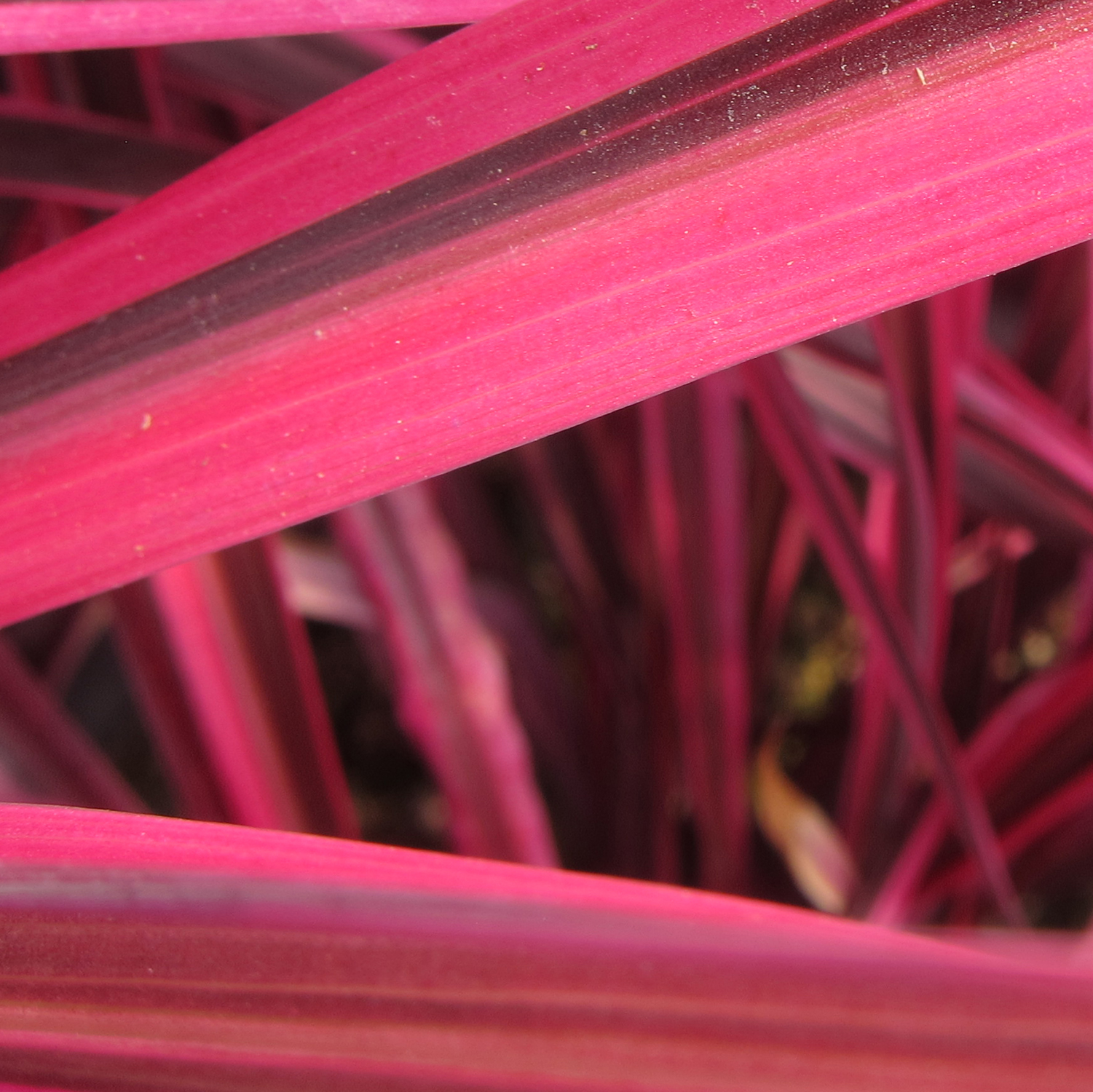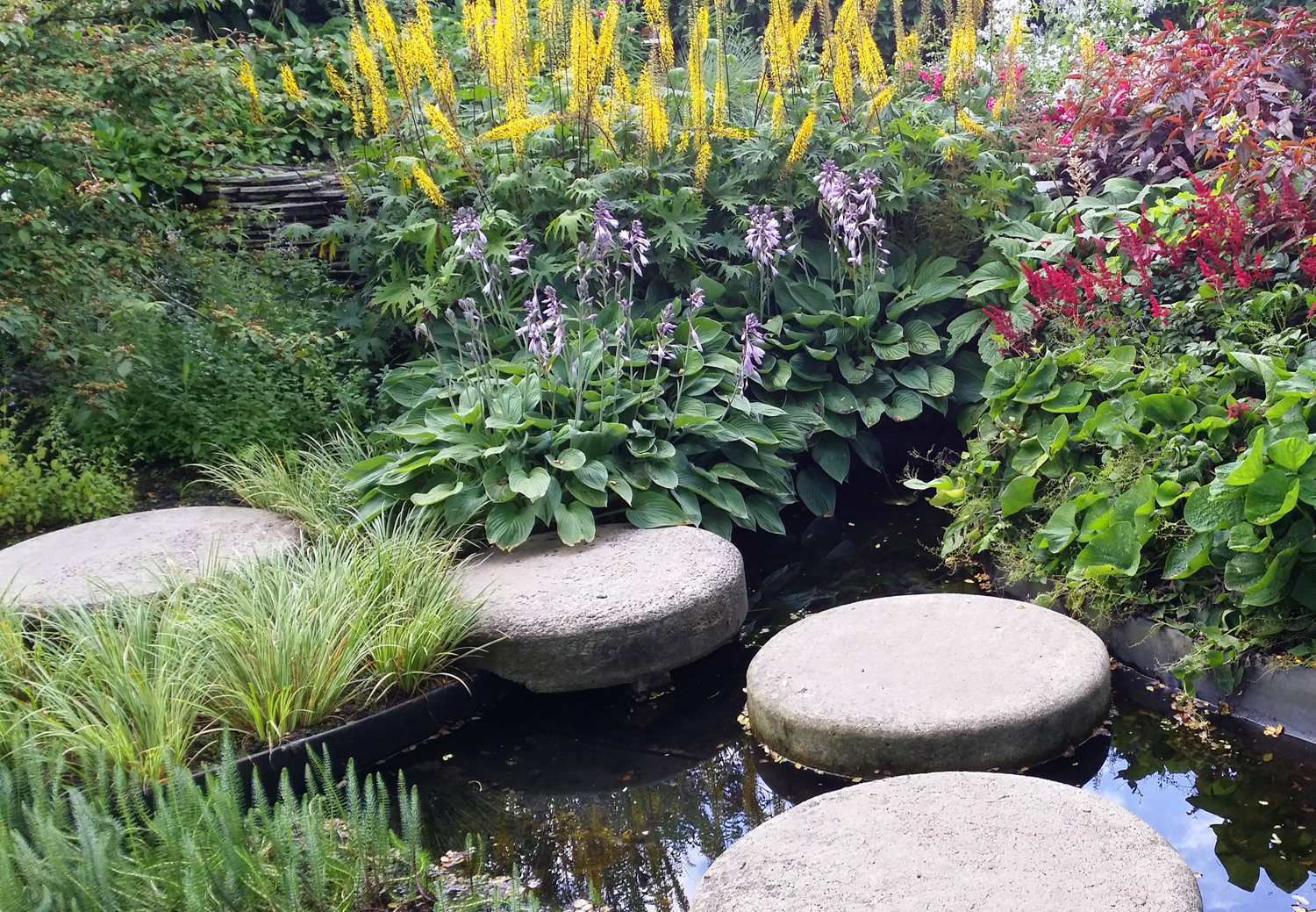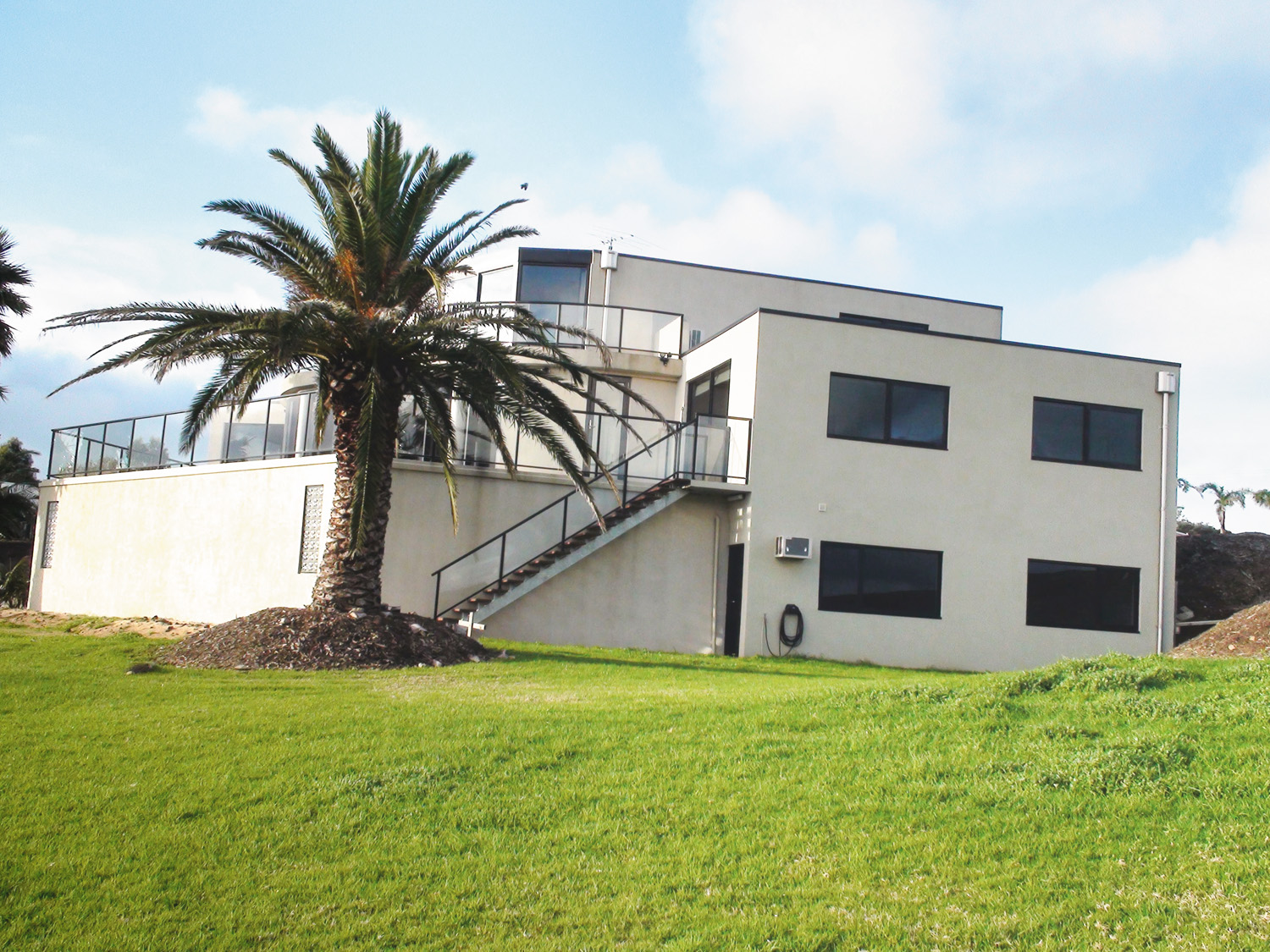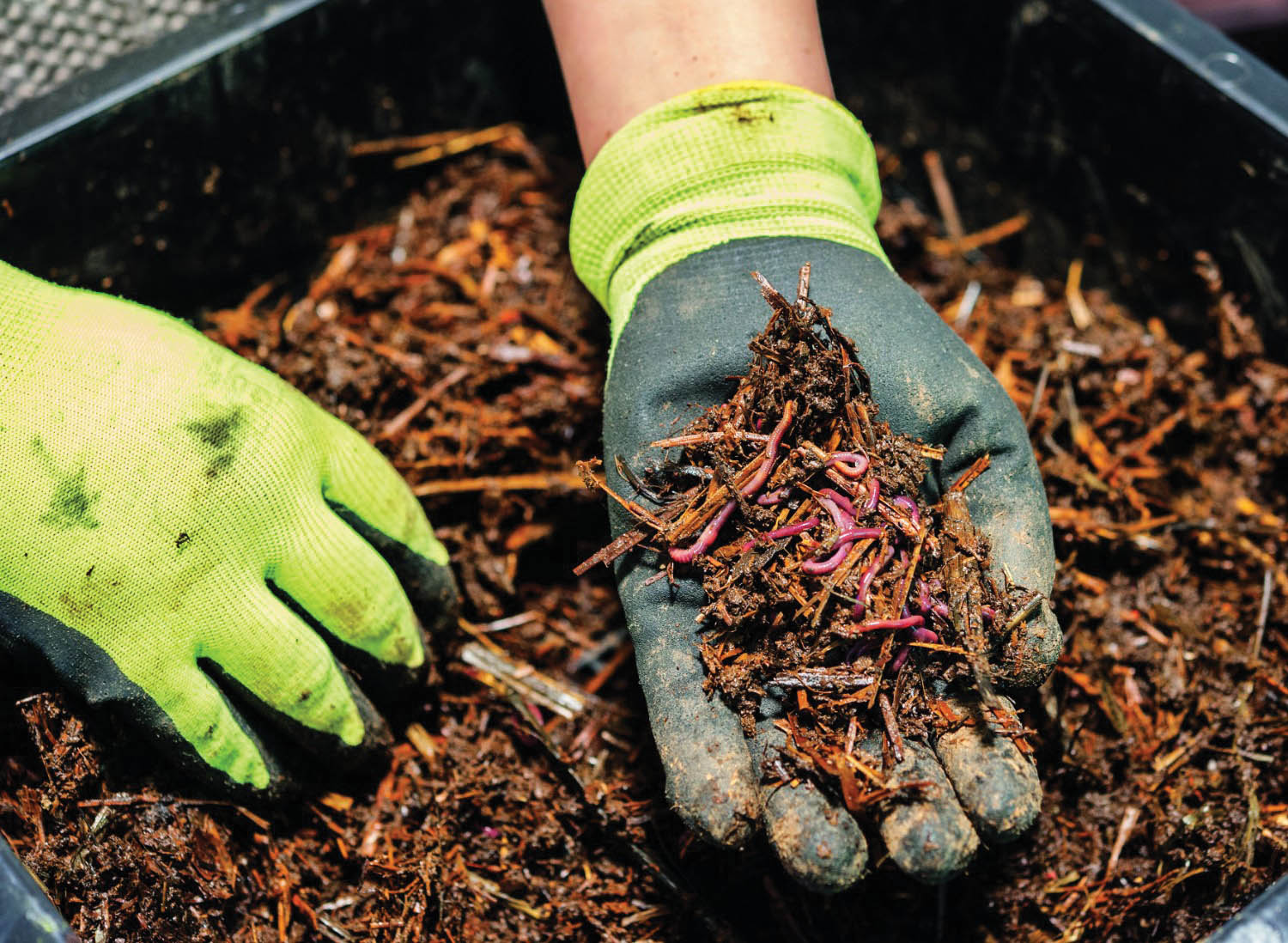There’s a huge appeal in having a professionally designed garden or landscape, and Anthony Tesselaar gives some expert advice on achieving this look all by yourself
When designing your own garden or landscape, the first principle to work with is “less is more”. Boil the ideal or design down to whatever it takes to simplify the look. Only keep the plants that are entirely necessary to the look and feel you want. There is no place here for greed: accept that some things may have to go.
So stand in front of the area you’re planning to give a design face-lift and count the number of different types of plants currently growing there. When you reach ‘three’ stop. Good garden designers limit the number of plants they combine. If you want to create a really great looking landscape, select your three favorites. Pull out and relocate (or give away) everything else, then fill the gaps with more of the chosen three plants. What you have created is a garden filled with a limited palette of plants. If they are mixed around, you could call it cottage style, meadow-like or just a loose arrangement.
Now here comes another trick. Let’s assume you’ve identified your three to five plants, but you want to create something edgier and are prepared for a bit more effort. Instead of filling in the gaps with more of the same, empty everything out of the garden bed and keep the plants you’ll be using alive on the side (in pots or lightly tucked into a nearby patch of accommodating earth). Buy more of the chosen plants so that you’ll have enough to fill the bed when it’s replanted, then put in all the plants but this time, arrange them in massed blocks. If you’re not sure how best to do this, default to common sense and stick the taller ones towards the back of the bed. A month or so later those all-the-same-plant chunks will look really, really good.
And finally, if you want something shockingly restrained and impressive, reduce your garden to green plantings. Keep the conifer hedging, the clipped ivy, the trees and the lawns and limit your color or flowering moments to localized points of emphasis: planters filled with flowering annuals by the front door; a border of spring-flowering bulbs to edge the drive; a wedge of roses alongside the steps or pool.
That’s it. Easily done. If you’re nervous, why not test-drive the theory somewhere smaller and less conspicuous first? Odds are you’ll be trotting out the approach across the yard in no time because it works and the results are so rewarding.
Top landscape tips:
- The fewer the plants the better
- Mix different plants together for a soft effect
- Plant in blocks for more punch
- Or work with green only for a complete makeover
For more information
